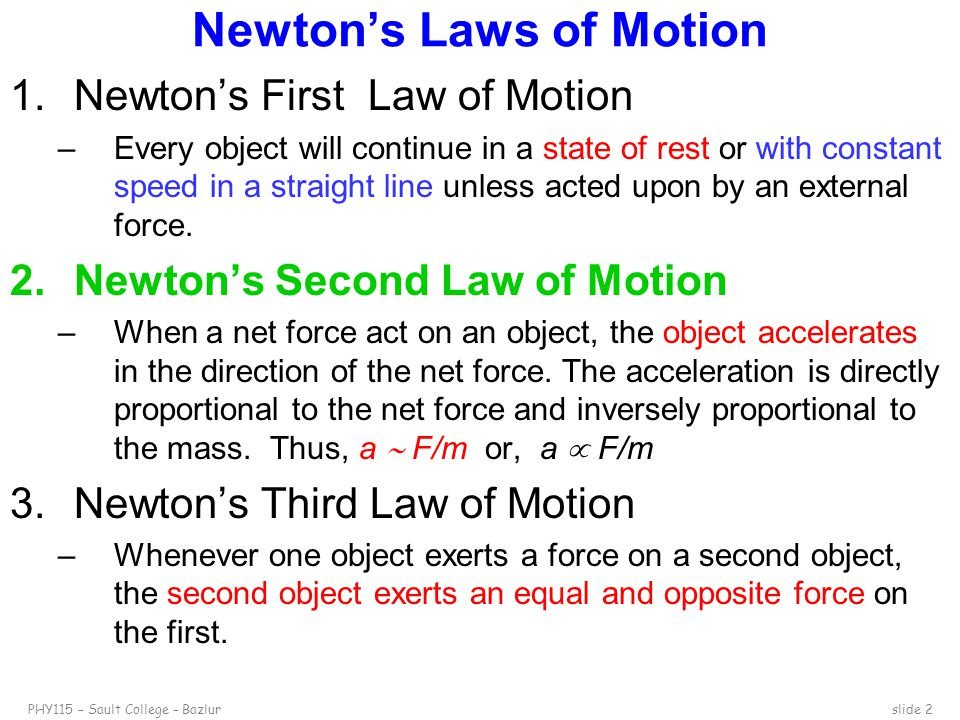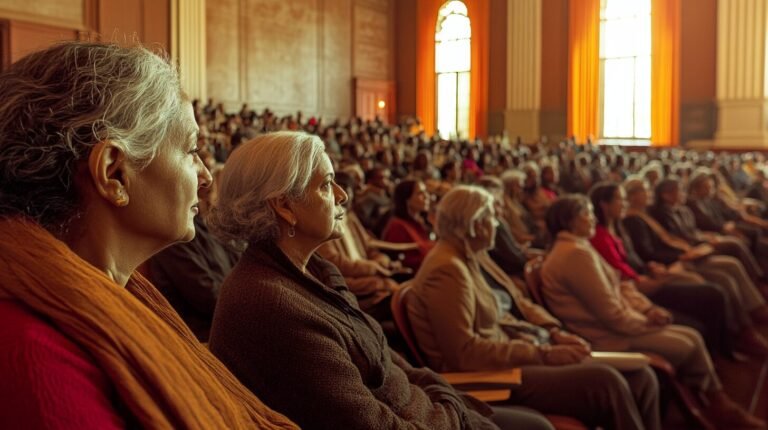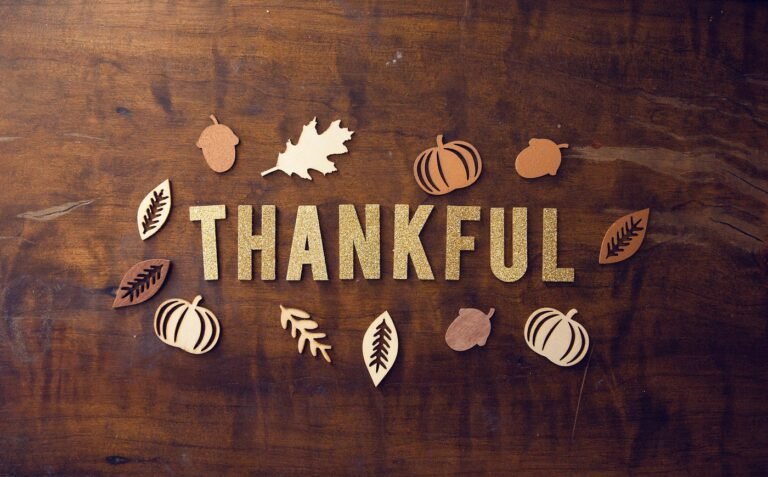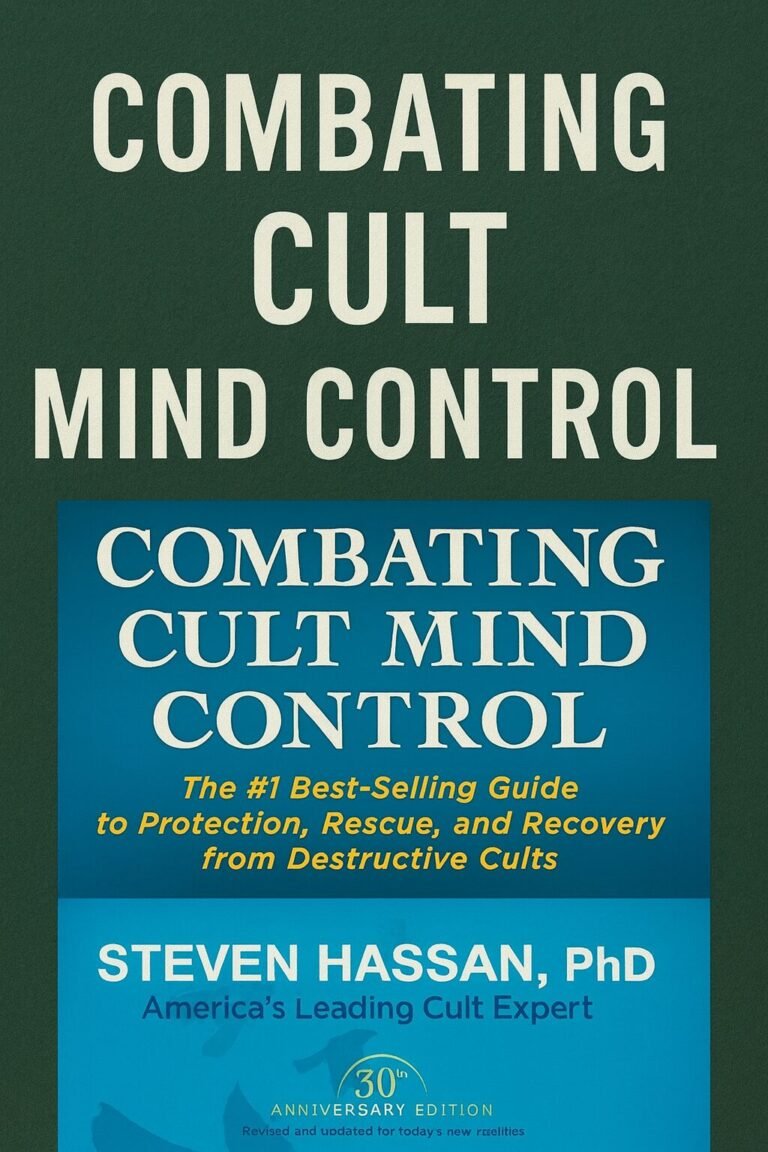Reflections on Poverty in the U.S. and My Own Journey
Growing up, I saw firsthand what it means to face barriers—and to find ways around them. Those living in low-income communities can be incredibly resilient and resourceful. Those experiences, unbeknownst to me at the time, shaped my commitment to education and to creating systems that work for everyone [capital E], especially in higher education. The persistence of poverty in the U.S. is a complicated challenge, one that goes beyond dollars and cents. It is about choices we make as a society, and it’s a topic that resonates with me personally.

Why Does Poverty Persist in America?
America is a country of incredible wealth, yet poverty remains a stubborn reality. One example of the United States’ insane wealth compared to most other nations is its high Gross Domestic Product (GDP). In 2023, the U.S. GDP was around $26 trillion, the highest in the world. To put this into perspective, the U.S. economy alone accounts for about 24% of the entire world’s GDP with only about 4.25% of the global population! This means that a significant portion of the world’s economic output comes from a relatively small segment of the global population, underscoring the concentration of wealth within the country.
Said differently, imagine you and 99 of your Facebook friends contributing to a shared pot of money. Each of your FB besties puts in what they can, with some giving more and others less. One person, say Doug (some people like Doug others despise him), that aside, he contributes 24% of the total pot on their own, even though Doug makes up only one of the 100 people. Doug represents the United States.  Sorry to drag this out but it is very important for us to understand how wealthy the US is before we start thinking about poverty in the U.S. and what to do about it. Don’t let economists and us policy Egg heads confuse you with big words and large numbers; don’t get me wrong, most of them know their stuff, I know my stuff- but the language and numbers can be overwhelming! I won’t even get into how much we spend militarily compared to other countries; all of this information is public and available to us all and not difficult to find. Folks – It is really simple: we are a very, very wealthy nation – Period.
Sorry to drag this out but it is very important for us to understand how wealthy the US is before we start thinking about poverty in the U.S. and what to do about it. Don’t let economists and us policy Egg heads confuse you with big words and large numbers; don’t get me wrong, most of them know their stuff, I know my stuff- but the language and numbers can be overwhelming! I won’t even get into how much we spend militarily compared to other countries; all of this information is public and available to us all and not difficult to find. Folks – It is really simple: we are a very, very wealthy nation – Period.
So back to the persistence of poverty…
While civil rights advancements have transformed many areas of life, the poverty rate has barely moved in the last 50 years. In 1970, the poverty rate was 12.6%; by 2023, it dropped to 11.1%—a small change, especially when 36.8 million people still live below the poverty line. Sociologist Matthew Desmond captures this stagnation, describing poverty in America as a “gentle rolling hill”—persistent and slow to shift, more a result of systemic design than mere neglect. One way to understand this dynamic is by reapplying Newton’s Laws of Motion to socio-economic class, much as I’ve done to analyze racial progress. Small corrective measures have been directed at a massive, downhill-rolling boulder, barely affecting its momentum. While recent years have seen some of the lowest unemployment rates on record, the other reality is that the gap between the “haves” and “have-lessers” continues to grow.

While many systems are flawed and imperfect, programs like Social Security lift millions out of poverty each year. Others, like some public assistance programs, falter because of outdated policies and obstacles that keep help from reaching people who need it most. COVID-19 highlighted what happens when effective measures are put in place. As I was writing my dissertation, the COVID-19 pandemic was a big piece of my research and analysis of the experiences of residence life professionals on university campuses. Through my research, I learned how informed (emphasis on the word infomed) targeted interventions could reduce the impacts of poverty, such as expanded pandemic relief measures, including stimulus payments and enhanced unemployment benefits, which led to a historic decrease in poverty rates in 2022. When these temporary measures expired in 2022, poverty rates increased sharply, especially for women and girls (from 7.9% to 12.8%).

Temporary expansions to the child tax credit reduced child poverty by more than a third and cut overall poverty almost in half. Yet, when these programs ended, poverty rebounded, revealing how much of our current state is based on choice rather than inevitability. Unfortunately, despite these interventions, big gaps still persist. In 2022, 16.6% of Black women and 16.8% of Latina women were living in poverty, while only 7.3% of white, non-Hispanic men were. Older women are especially hard-hit, making up six out of ten seniors in poverty.

A Major Hurdle: Competing Interests
Poverty isn’t just about having resources; it’s about how society prioritizes and allocates them. This issue is especially clear in debates over affordable housing, where competing interests often clash. For example, in affluent areas like Lexington, Massachusetts, some homeowners strongly opposed zoning changes that would allow for affordable housing, fearing it could lower their property values. For renters struggling to make ends meet, however, affordable housing isn’t a choice; it’s a necessity for stability, safety, and a chance at upward mobility. Fortunately, there seems to be movement in the direction of creating affordable housing for the people in this community.
These scenarios reveal a deeper tension: the financial aspirations of some directly impact the basic needs of others. This clash of interests has a ripple effect on communities, extending far beyond property values. By preserving the status quo, we’re not only limiting access to affordable housing but also reinforcing patterns of segregation, curbing opportunity, and cementing poverty cycles across generations. Addressing these competing interests requires a fundamental shift in how we value and prioritize equitable access over individual gain. Otherwise, the cycle continues, affecting the most vulnerable while communities miss the chance to grow inclusively.
A Path Forward: What It Means to Work Together
When I think about the work I do as an educator and administrator, I see how small actions can set the stage for big change. In the case of Lexington, residents eventually accepted new zoning laws, but it took grassroots action and a push from state policy linking transit funding to affordable housing. Neighboring towns followed suit, and a larger shift toward affordable housing began to take root. It wasn’t instant or easy, but it proves that change, when incentivized and supported, is possible.
These moments of progress remind me of the importance of small, persistent steps in the right direction, and it’s a philosophy I try to carry into my work every day. Sometimes, the push for a better system requires big, bold moves, like expanding healthcare or rethinking tax credits. Other times, it’s about making room for others in more subtle ways—supporting zoning laws or simply listening to those who’ve had to fight for every inch they’ve gained.

Redefining “Handouts” as Investments
In 1964, Dr. Martin Luther King Jr. observed that poverty isn’t new; what’s new is that we have the resources to end it. The question is, do we have the will? My upbringing taught me that every individual’s potential is worth investing in, and it’s something I hold close in my work with students. We’ve seen that when we invest in housing, education, and health, the returns are not just financial but social and personal, helping people live fuller, more stable lives. If America could drastically reduce child poverty in a single year, what else could we accomplish with sustained effort? Poverty is a choice society makes by ignoring the problem or shifting priorities away from solutions that work.
Final Thoughts
The real question is not about whether we have the means to fight poverty, but whether we have the will. As we dig deeper into the roots of poverty, let’s keep asking, “Now what?” How do we push through the barriers of competing interests, outdated policies, and systemic inequities to create a society where opportunity is truly available to everyone?
Reflective Questions
- How can we balance homeowners’ financial concerns with the pressing need for affordable housing?
- What other areas could benefit from redefining “handouts” as investments to build a more resilient, equitable society?







